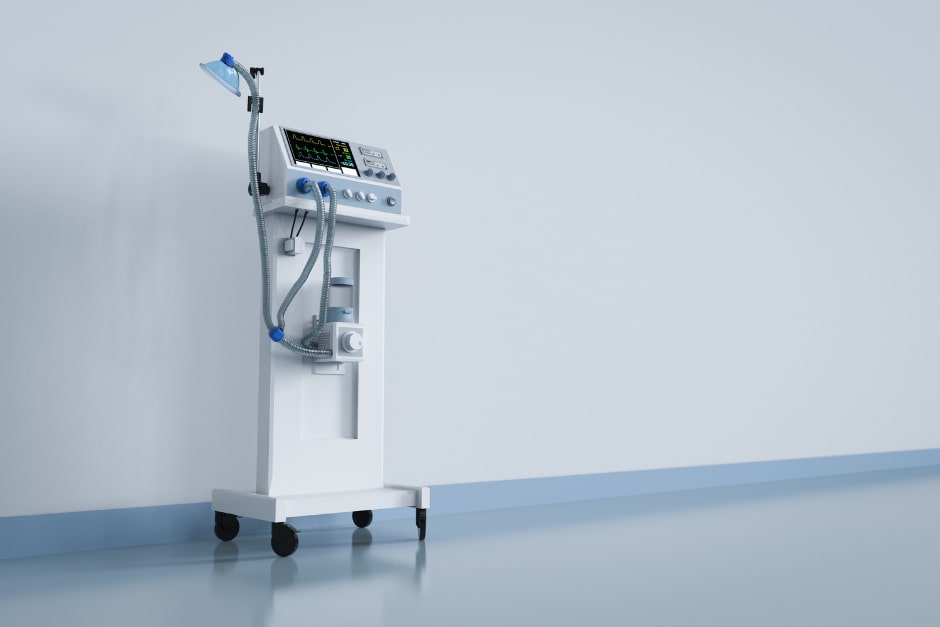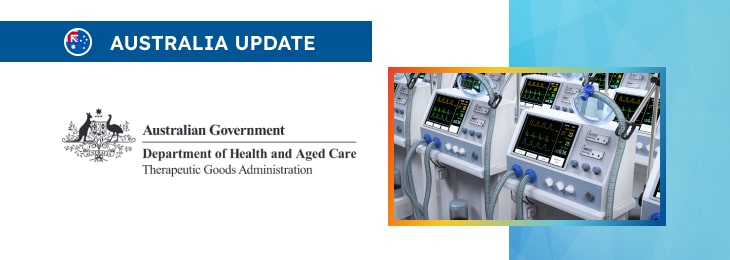The article outlines the key requirements in the context of exporting certain medical devices from Australia.

Table of content
The Therapeutic Good Administration (TGA), an Australian regulating authority in the sphere of healthcare products, has published a guidance document dedicated to the regulatory requirements related to exposing ventilators from the country. The document provides an overview of the existing legal framework, as well as additional clarifications and recommendations to be taken into consideration by medical device manufacturers, exporters, and other parties involved in order to ensure compliance.
At the same time, the authority reserves the right to make changes to the guidance and recommendations provided therein, should such changes be reasonably necessary to reflect corresponding amendments to the underlying legislation.
Introduction
As explained by the authority, exporting a ventilator from Australia involves navigating through specific regulatory pathways to ensure compliance with both Australian and international standards. This guidance, effective from 10 July 2024, outlines three primary pathways for exporting a ventilator: gaining TGA approval, export-only registration, and charitable donations.
Each pathway has distinct requirements and procedures that must be followed to ensure successful exportation.

Gaining TGA Approval
Under the general rule, ventilators intended for both domestic supply and export must adhere to Australian regulatory requirements. This necessitates inclusion in the Australian Register of Therapeutic Goods (ARTG), where the device is classified, typically as a Class IIa or IIb device.
Manufacturers must review all relevant classification rules to determine the appropriate classification.
To be included in the ARTG, ventilators must possess a Conformity Assessment Certificate. This certificate can be issued by the TGA, a European notified body, or another recognized comparable regulator.
It certifies that the device:
- Is manufactured under a suitable quality management system.
- Meets the Essential Principles, which are the safety and performance requirements.
Manufacturers considering applying for this certification should familiarize themselves with the associated requirements and fees. An Essential Principles checklist is available to help document compliance, which will assist during the Conformity Assessment Certification process.
Once a Conformity Assessment Certificate is obtained, the ventilator must be included in the ARTG to be supplied in Australia. This inclusion comes with ongoing responsibilities such as monitoring market performance and updating any changes to sponsor, manufacturer, or device details.
Export Only
Ventilators intended solely for export do not require prior review by the TGA and can be processed swiftly, usually within days. These devices must still meet the Essential Principles, supported by a self-certification declaration from the manufacturer.
While a Conformity Assessment Certificate is not needed, manufacturers must complete a Declaration of Conformity (DoC).
This declaration should include:
- Manufacturer’s name and address
- Product identification details
- Reference to the Conformity Assessment procedure Part 6, Clause 6.6
- A list of harmonized standards or methods used to meet the Essential Principles
- Date of issue and signature of the manufacturer’s CEO or equivalent
DoC templates are available under Schedule 3, Part 6, Clause 6.6. The authority additionally emphasizes that it is illegal to provide false or misleading information in this declaration.
Manufacturers should also maintain technical documentation demonstrating compliance with the Essential Principles. This includes design diagrams, test protocols and results, clinical evidence, risk management documentation, and labeling information. The TGA may request this documentation to substantiate claims made in the DoC.
Advertising materials for Class I (Export Only) devices must not imply TGA endorsement and should clearly state the device is for export only. After completing the DoC, manufacturers can apply to include their device in the ARTG, uploading the signed DoC with the application.
Once included in the ARTG, manufacturers must continue to monitor the device’s market performance, handle recalls and alerts if necessary, and update any variations in sponsor, manufacturer, or device details. They must also cancel the ARTG entry when it is no longer required.
Charitable Donation
Ventilators can be exported without ARTG inclusion if they are not intended for commercial supply, do not contain prohibited substances under the Customs Act 1901, and are not meant for experimental use on humans. These conditions are specified under Item 1.2 of Part 1 to Schedule 4 of the Therapeutic Goods (Medical Devices) Regulations 2002.
However, it is important to notice that importing countries may have additional requirements, such as a Certificate of Free Sale/Export Certificate. Manufacturers are encouraged to contact the consulate or embassy of the importing country to ensure compliance with their specific regulations.
Conclusion
In summary, the document explains that exporting a ventilator from Australia involves clear pathways and specific regulatory requirements. The guidance outlines possible frameworks and highlights the specific aspects associated with each of them.
How Can RegDesk Help?
RegDesk is an AI-powered Regulatory Information Management System that provides medical device companies with regulatory intelligence for over 120 markets worldwide. It can help you prepare and publish global applications, manage standards, run change assessments, and obtain real-time alerts on regulatory changes through a centralized platform. Global expansion has never been this simple.

